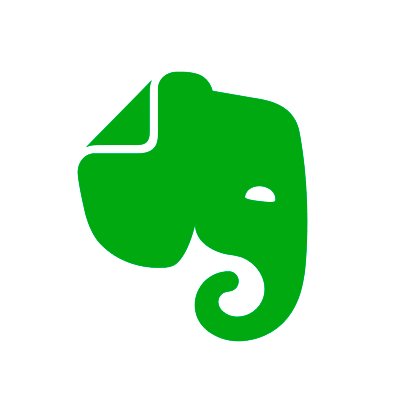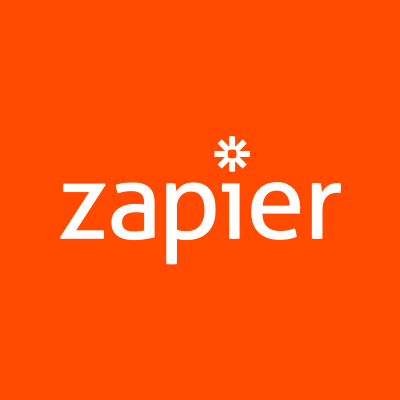How We Started A $40K/Month Side Hustle Selling All-Natural Self-Care Products
Hello! Who are you and what business did you start?
Hey everyone, we’re Tony and Faye, a husband-wife duo at Doppeltree, an all-natural self-care product company in SF that helps people take a moment out of their day to look and feel better. A little over 6 months ago we started making enough profits that Tony decided to leave his full-time marketing exec position at a fintech startup to focus on the business.
We have three flagship products. Our first is an All Natural Rejuvenating Eye Mask. After putting on these eye masks under your eyes for just 20 minutes, you’ll look like you’ve had a full 8 hours of sleep. The second is our Anti-Wrinkle & Rejuvenating Gold Facial Hydrogel Mask, which basically takes the eye mask and blows it up 10x so you can get all the benefits of the eye masks for your entire face. Our newest product is a

Download the report and join our email newsletter packed with business ideas and money-making opportunities, backed by real-life case studies.

Download the report and join our email newsletter packed with business ideas and money-making opportunities, backed by real-life case studies.

Download the report and join our email newsletter packed with business ideas and money-making opportunities, backed by real-life case studies.

Download the report and join our email newsletter packed with business ideas and money-making opportunities, backed by real-life case studies.

Download the report and join our email newsletter packed with business ideas and money-making opportunities, backed by real-life case studies.

Download the report and join our email newsletter packed with business ideas and money-making opportunities, backed by real-life case studies.

Download the report and join our email newsletter packed with business ideas and money-making opportunities, backed by real-life case studies.

Download the report and join our email newsletter packed with business ideas and money-making opportunities, backed by real-life case studies.






















